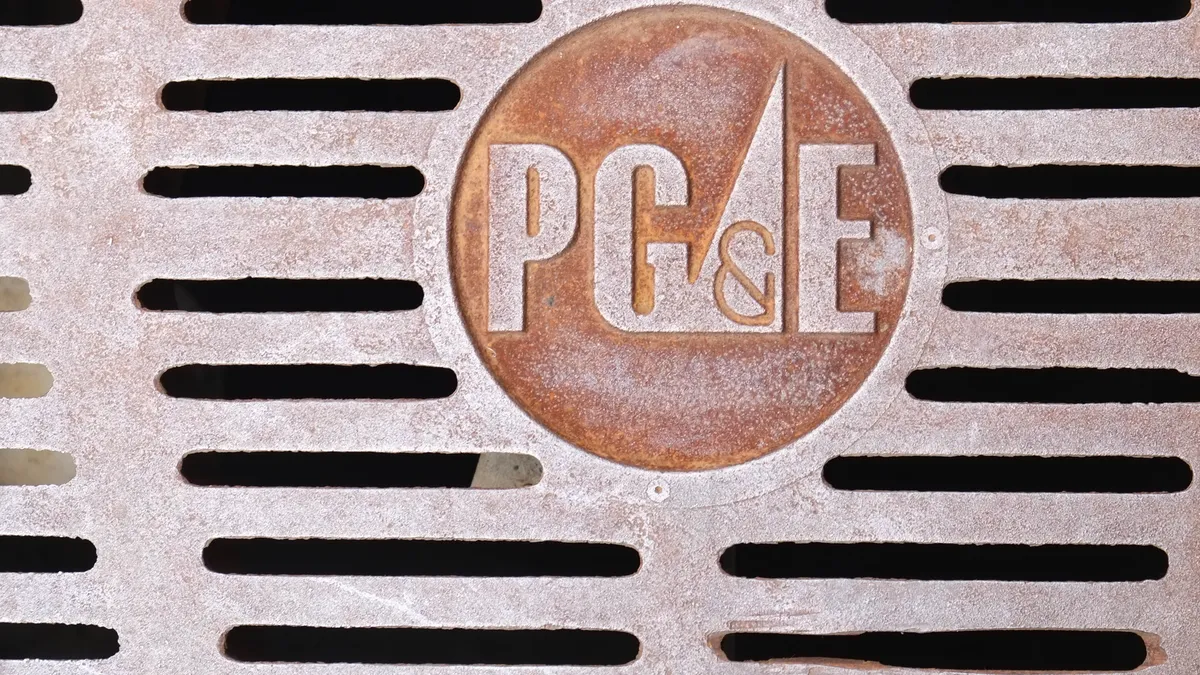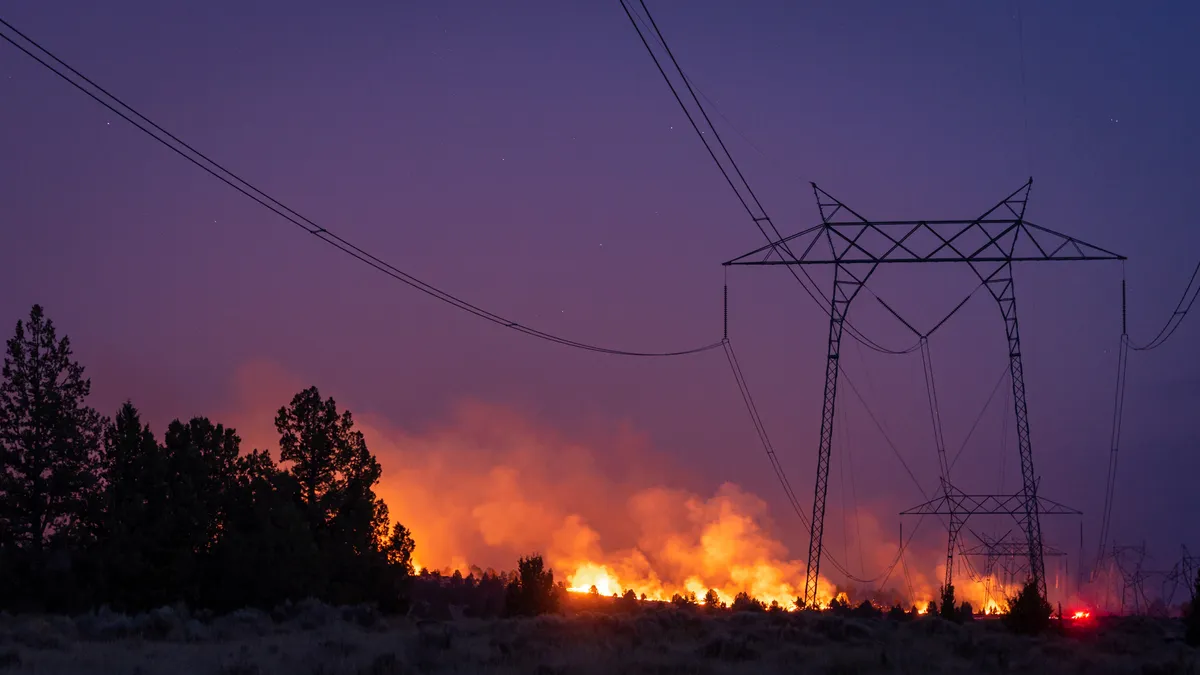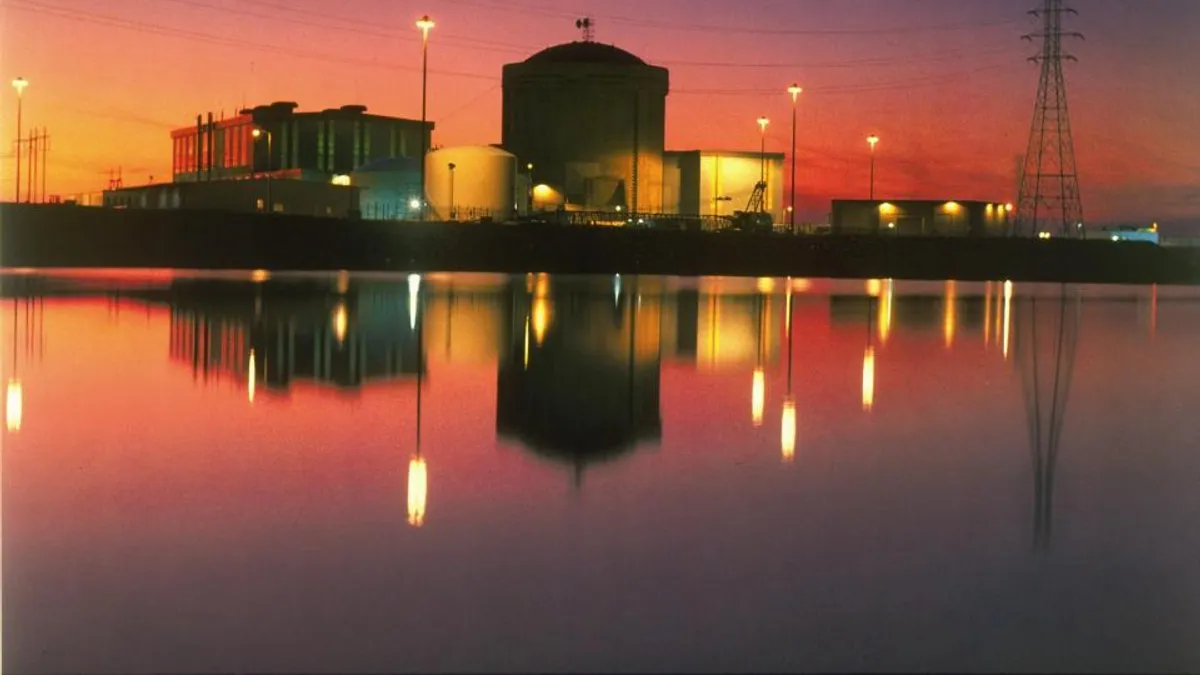The following is a contributed article by Jeff Manning, Managing Director, CohnReznick Capital and Steven Wilamowsky, Partner, Schiff Hardin.
At the heart of PG&E's battle to successfully emerge from bankruptcy is the need to outline and receive approval for an exit plan showing how it will source the requisite $59 billion to resume solvency by June 30, 2020.
While various stakeholders battle to divide the pie, there remains one source of substantial value that has not been actively pursued yet — an estimated $2.5 billion in potential savings from renegotiating existing Power Purchase Agreements (PPAs), with just under 400 PPAs valued at approximately $42 billion from renewable energy suppliers.
About half of the contracts were signed before 2012, at a time when utility-scale solar power contracts ranged from $75 per MWh-$125/MWh, compared to $25/MWh-$50/MWh in 2017, according to BloombergNEF.
PG&E has not yet pulled that lever, which remains a path forward after Judge Dennis Montali of the United States Bankruptcy Court for the Northern District of California ruled against FERC's "concurrent jurisdiction" over PPAs in June 2019 — leaving authority over these contracts solely with the bankruptcy court.
Whether or not PG&E chooses to reject or renegotiate its PPAs, particularly its renewable energy PPAs, remains to be seen, although PG&E may be running out of better options. The key for counterparties looking to protect their PPAs may lie with a 2018 precedent involving FirstEnergy Solutions' bankruptcy.
Concurrent with PG&E's proceedings, litigation around the same issue had been working its way through the appellate process in the Chapter 11 proceedings of FirstEnergy Solutions in northern Ohio. In that case, too, the debtors had above-market PPAs that they hoped to reject, and there, too, FERC strenuously objected, asserting "concurrent jurisdiction" (with the bankruptcy court) over the debtors' PPAs.
The bankruptcy court, based on reasoning largely consistent with Judge Montali's in PG&E, enjoined FERC from taking actions that would interfere with the bankruptcy court's exclusive jurisdiction to approve or disapprove a decision by the debtor to reject the PPAs.
On direct appeal to the Sixth Circuit Court of Appeals, the court affirmed in part and reversed in part the Ohio bankruptcy court's decision. The Sixth Circuit agreed with the lower court that PPAs are "ordinary contracts susceptible to rejection in bankruptcy."
To the extent that FERC had "concurrent jurisdiction" over the PPAs, the court held that the bankruptcy court's jurisdiction was nonetheless "primary or superior."
However, the Sixth Circuit also held that the bankruptcy court erred in applying the lenient "business judgment" standard in considering whether to permit rejection.
Instead, the court held that the bankruptcy court should have employed a more exacting standard that considers, in addition to the needs of the bankruptcy estate, the impact of rejection on the public interest, "including the consequential impact on consumers and any tangential contract provisions concerning such things as decommissioning, environmental management, and future pension obligations," so as to "ensure that the equities balance in favor of rejecting the contracts."
The court then remanded the matter to the bankruptcy court to re-run its analysis of the proposed rejection based upon these additional considerations.
What emerges from the Sixth Circuit's decision is essentially a split decision — on the one hand it affirms the primacy of the bankruptcy court in determining the matter of contract rejections in its cases, largely relegating FERC to bystander status. On the other hand, it requires the bankruptcy court to consider things beyond its typical mandate to maximize the value of the bankruptcy estates first with every other consideration typically placed a distant second.
While Judge Montali is not bound to apply Sixth Circuit law, the FirstEnergy Solutions decision seemingly gives him ample basis to approve the rejection of PPAs.
Given the availability of other, cheaper sources of renewable energy, the only parties likely to be negatively impacted by rejection of the PPAs would be the counterparties of the PPAs themselves, their lenders, and others derivatively impacted.
But those are the same parties negatively impacted by any contract rejection in bankruptcy, regardless of whether it is a PPA, a warehouse lease, a software license, or a contract with an office coffee vendor. Given that the latter three types of contracts are routinely approved for rejection where doing so serves a debtor's interests, absent a compelling public interest in keeping particular PPAs extant, there is no reason to treat PPAs any differently.
If a debtor designs a Chapter 11 filing that includes the rejection of out of the money PPAs, clean energy providers would be wise to build a case that goes well beyond the "business judgement" rule, with the Sixth Circuit ruling in FirstEnergy Solutions providing a useful roadmap for defense.





















